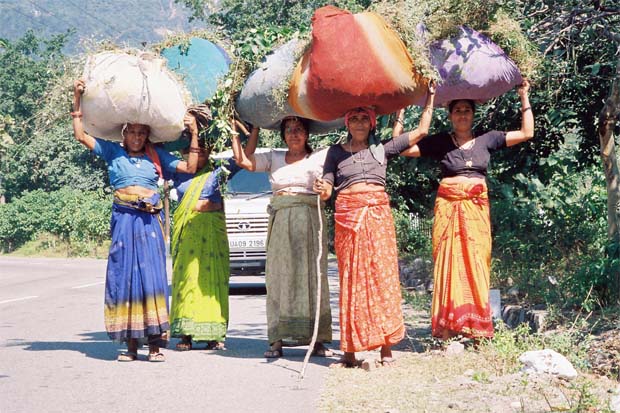Dec 22, 2025
Dec 22, 2025
by Tripti Nath
In his conversation with Chinese leaders, India's Prime Minister Manmohan Singh had talked about the need to save the Himalayan eco-system in times of climate change. But the big picture on how climate change is actually impacting the lives of millions living in the Indian side of the Himalayan region really emerged at an unusual public hearing at Rishikesh in the Garhwal hills in which ordinary people from Himachal Pradesh, Jammu and Kashmir and Uttarakhand talked about their experiences. It was organized by Oxfam India along with around 30 civil society organizations and people's movements working in the area.
The worst affected are clearly the poor farmers and their families. Take the case of Kamla Devi, a 65-year-old inhabitant of Ghungoli village in Chaukutia, which lies about 90 kilometers ahead of Almora in Uttarakhand. Used to having her morning tea with milk, Kamala is now trying to acquire a taste for black tea. The reason is very simple. Her milch cattle no longer produce the quantities of milk they once did, forcing her to give up on milk in her tea.
|
|

08-Nov-2009
More by : Tripti Nath